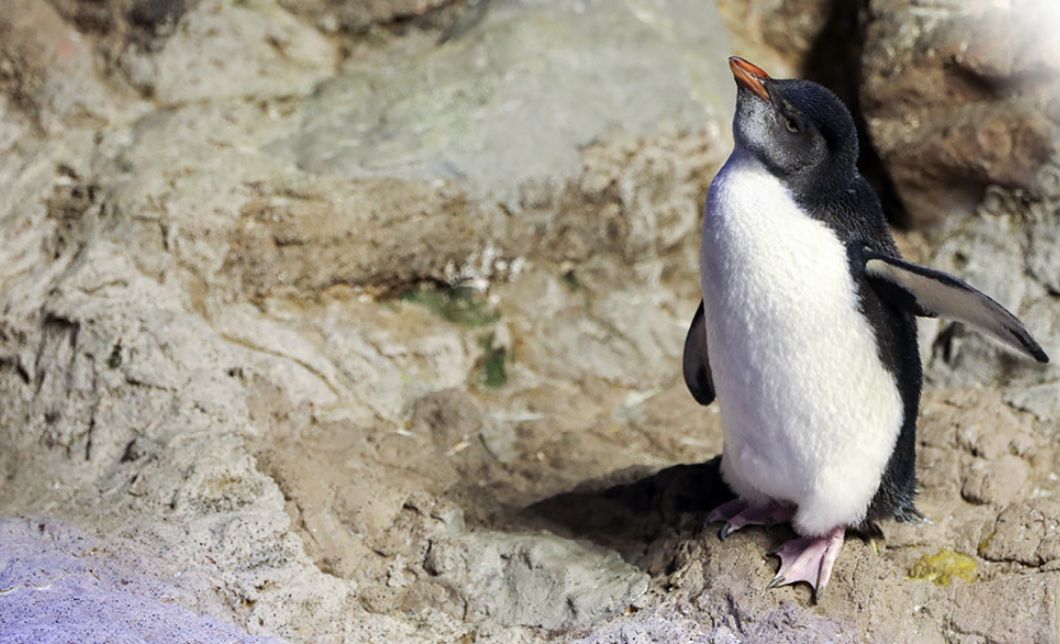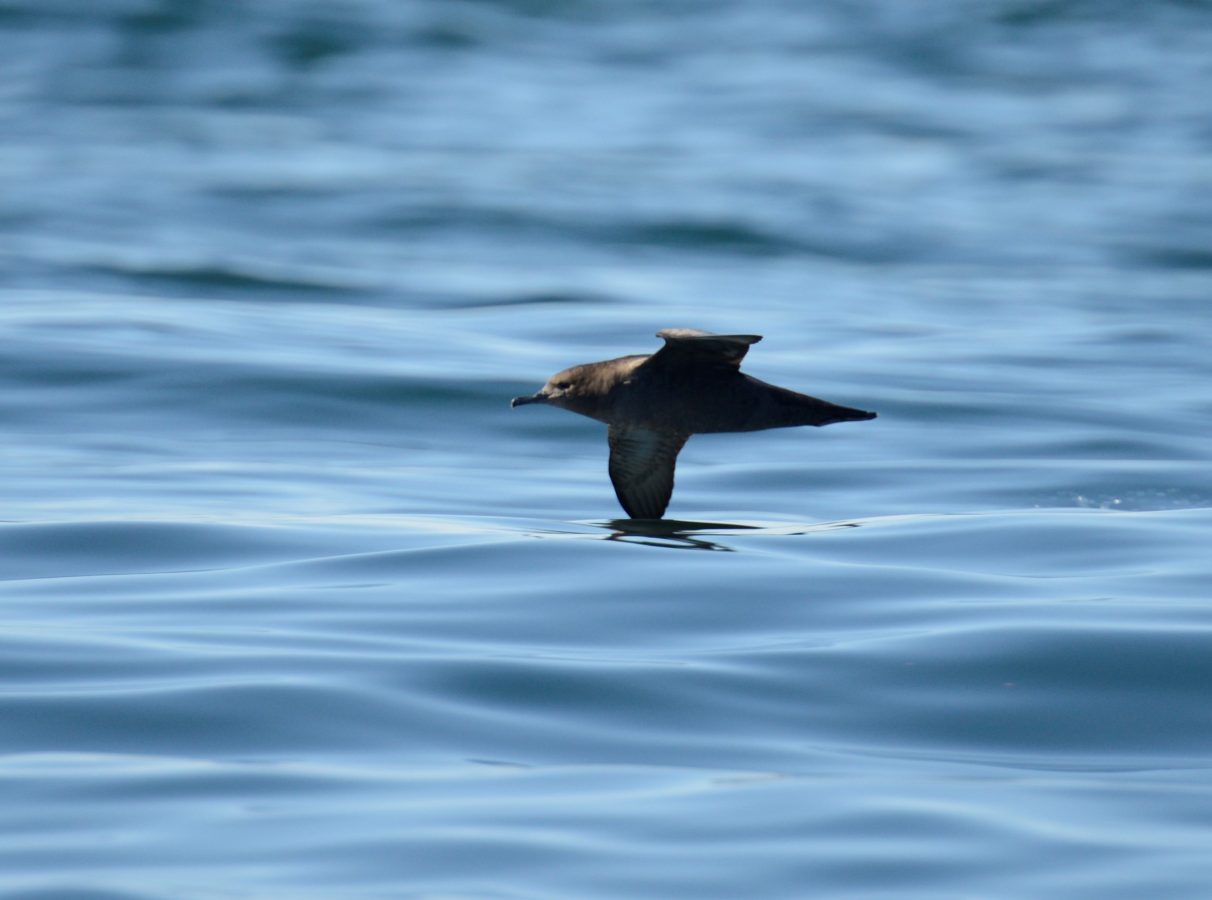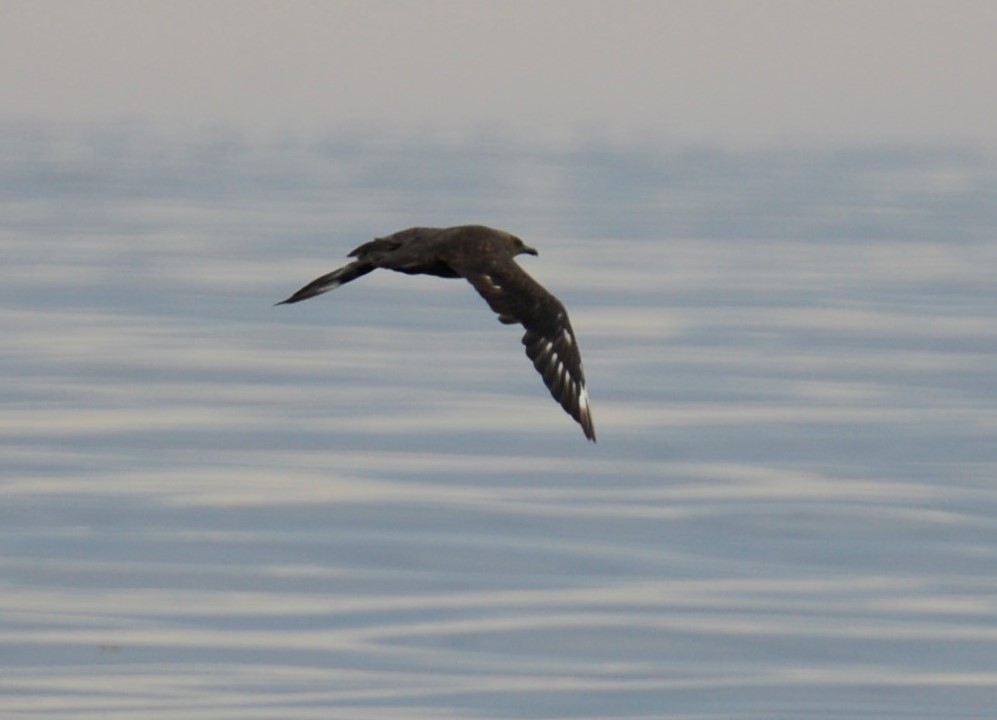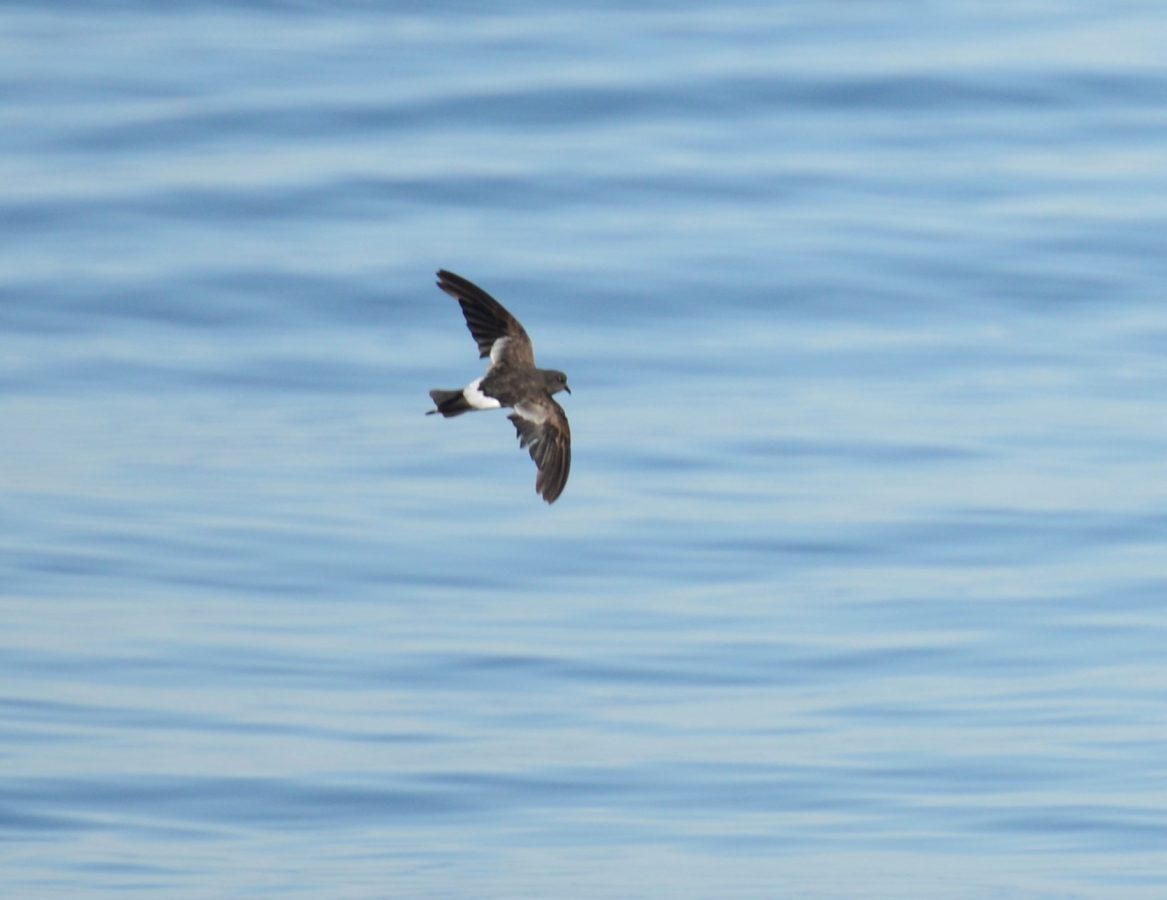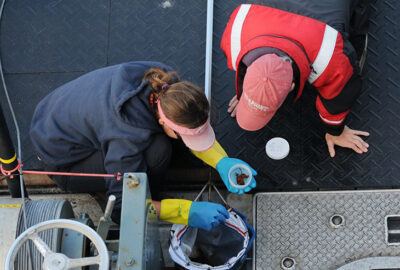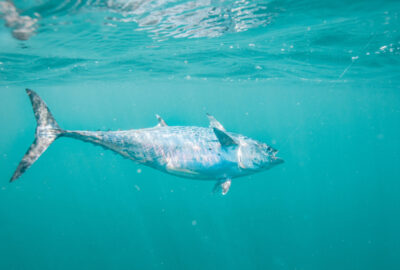Who Soars, Who Flies, Who Tells Their Story?
By Amy Warren on Thursday, October 15, 2020

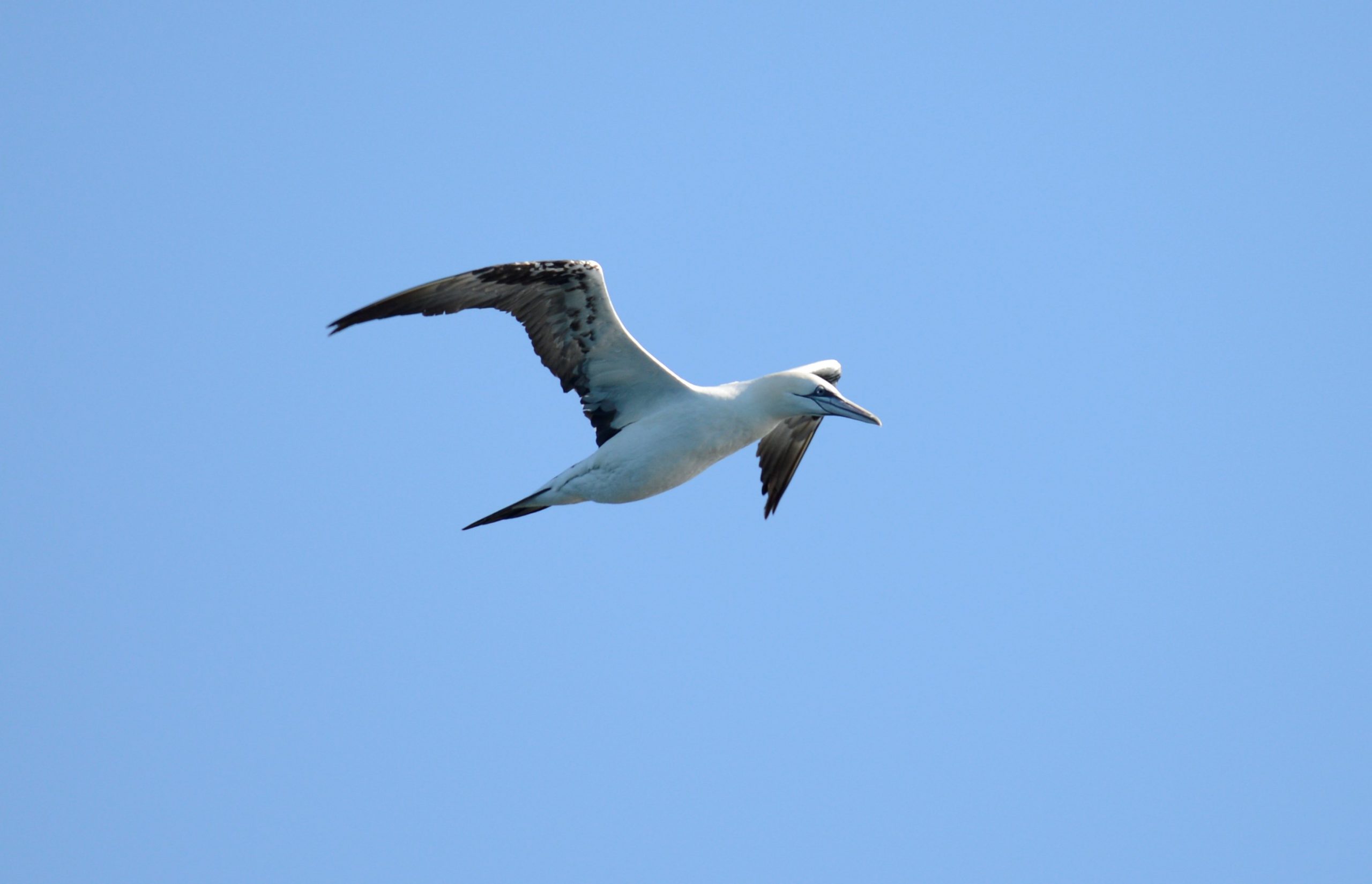
It’s no secret that the ocean is filled with lots of interesting creatures, spectacular whales, intimidating sharks, playful dolphins, unique fish, beautiful corals, and so much more. But there are some lesser known animals that also call the ocean home: seabirds!
When I say seabird the first bird that may come to mind is a seagull, but many (myself included) don’t count gulls as a true seabird. Gulls are more of a shorebird, and residents of the Great Lakes region (and likely many other places) know that you can find gulls hundreds of miles from the ocean! A true “seabird” or pelagic bird is a bird that spends its entire life on the ocean, with the exception of mating and nesting. And some species will only nest on ocean-side cliffs, or remote islands. Even the most avid birders have yet to see some of these ocean-going birds, many of which are rarely viewed from land. The Bay of Fundy (BOF) is no stranger to all kinds of interesting seabirds and our team has the pleasure of seeing many while on the hunt for the ever-elusive right whale.
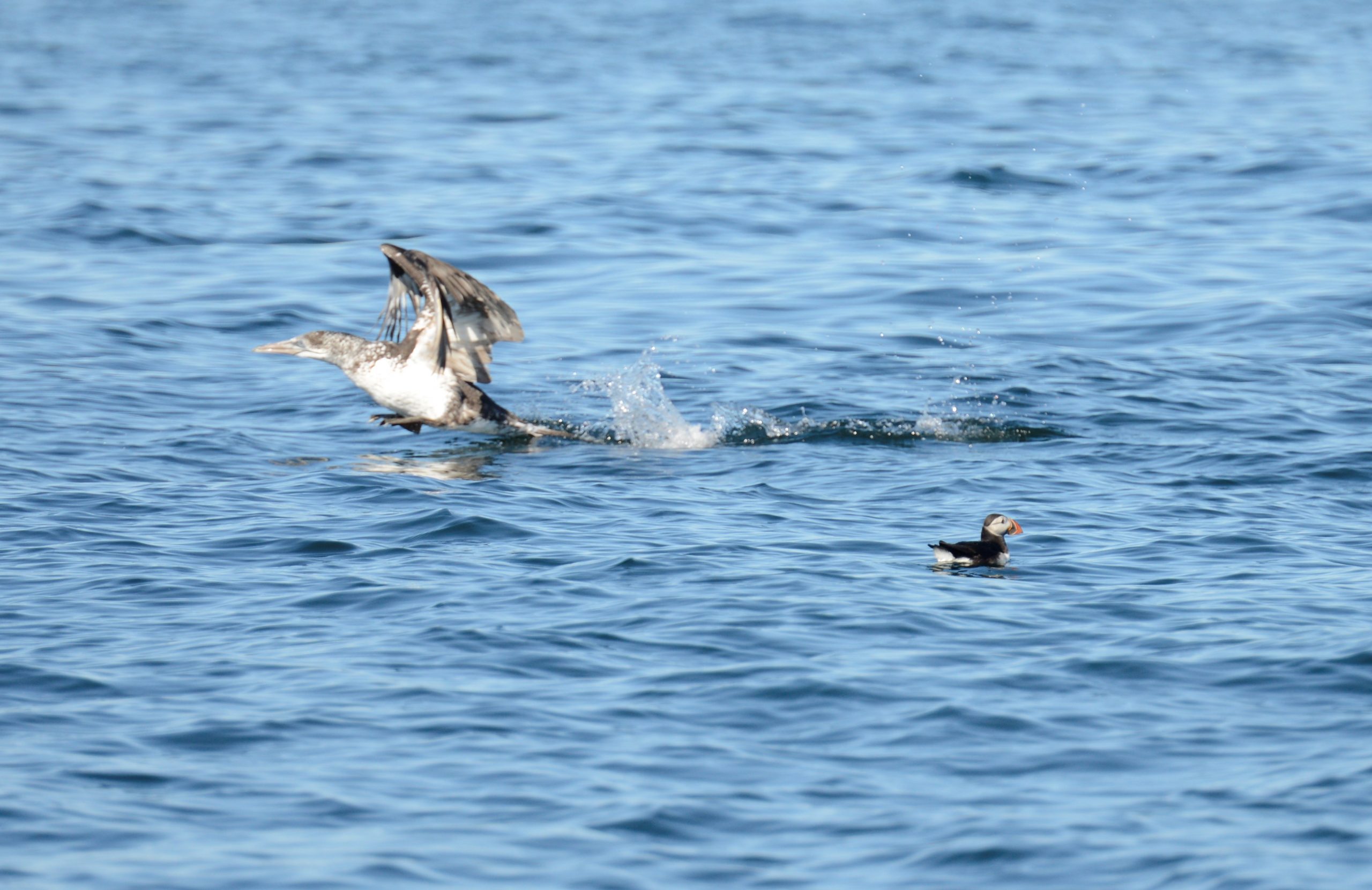
A life spent on the ocean is no easy feat; seabirds have many interesting adaptations to accommodate for offshore living. Aside from storms, which create high winds and rough seas, the lack of freshwater is their first and most important hurdle. Like most animals living in or on the ocean, seabirds actually get plenty of freshwater from the food they eat (fish). Seabirds also have salt glands, an adaptation that allows them to drink seawater and filter out salt through holes in their beak. A group of seabirds, known as the tubenoses, have the most obvious example of this, a literal tube on their beaks. (The tubes are actually thought to serve multiple purposes, including boosting their sense of smell.) Shearwaters, fulmars, and petrels are tubenoses that we often observe in the BOF.
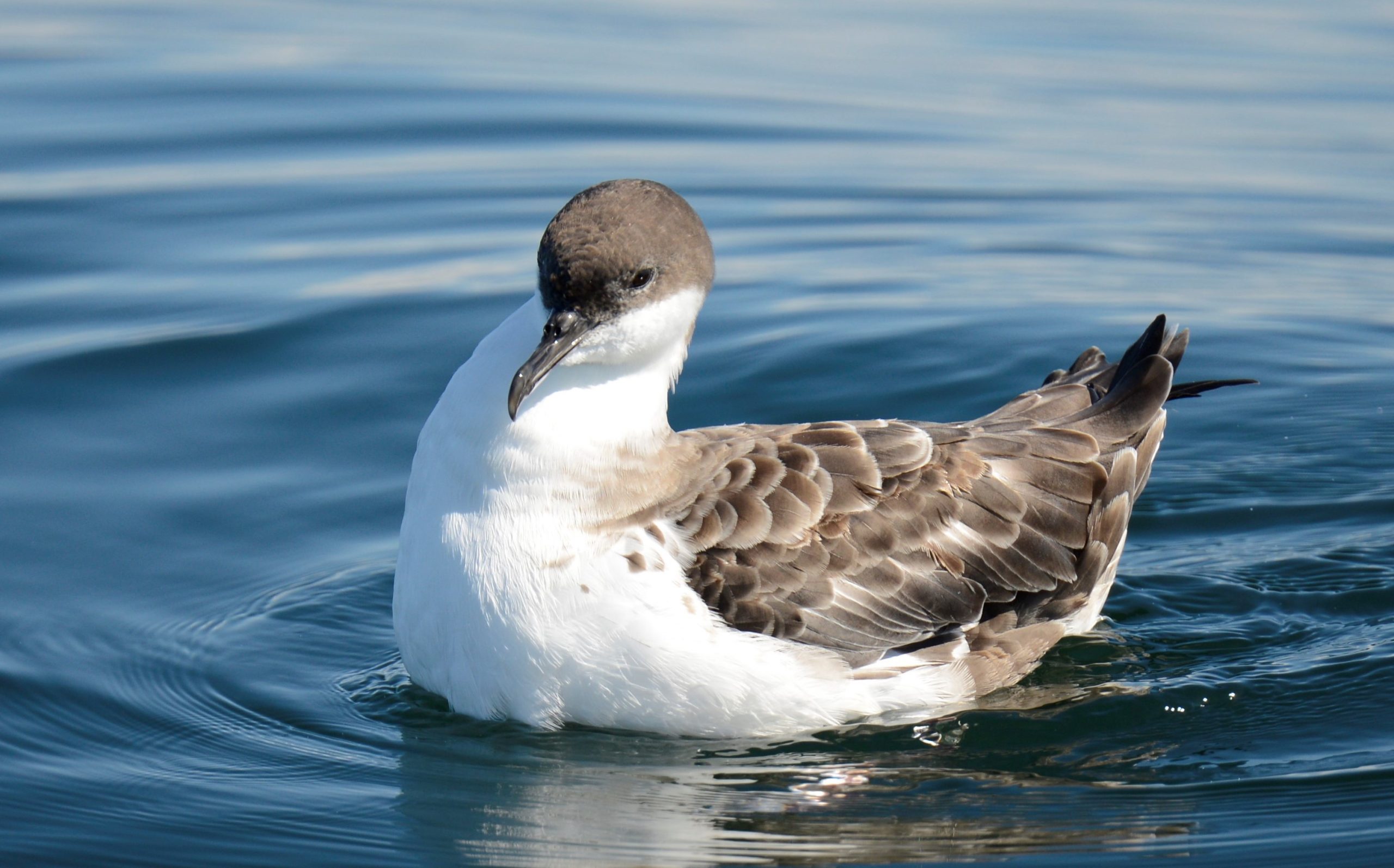
Another neat adaptation: most seabirds are actually waterproof! This is important because if their wings become saturated, they become too heavy to fly. Remaining waterproof requires proper maintenance, as what makes their feathers repel water is a waxy-oil coating that must be reapplied to their wings often. Birds have a gland at the base of their tail that creates this oil and they use their beak to coat their feathers with it.
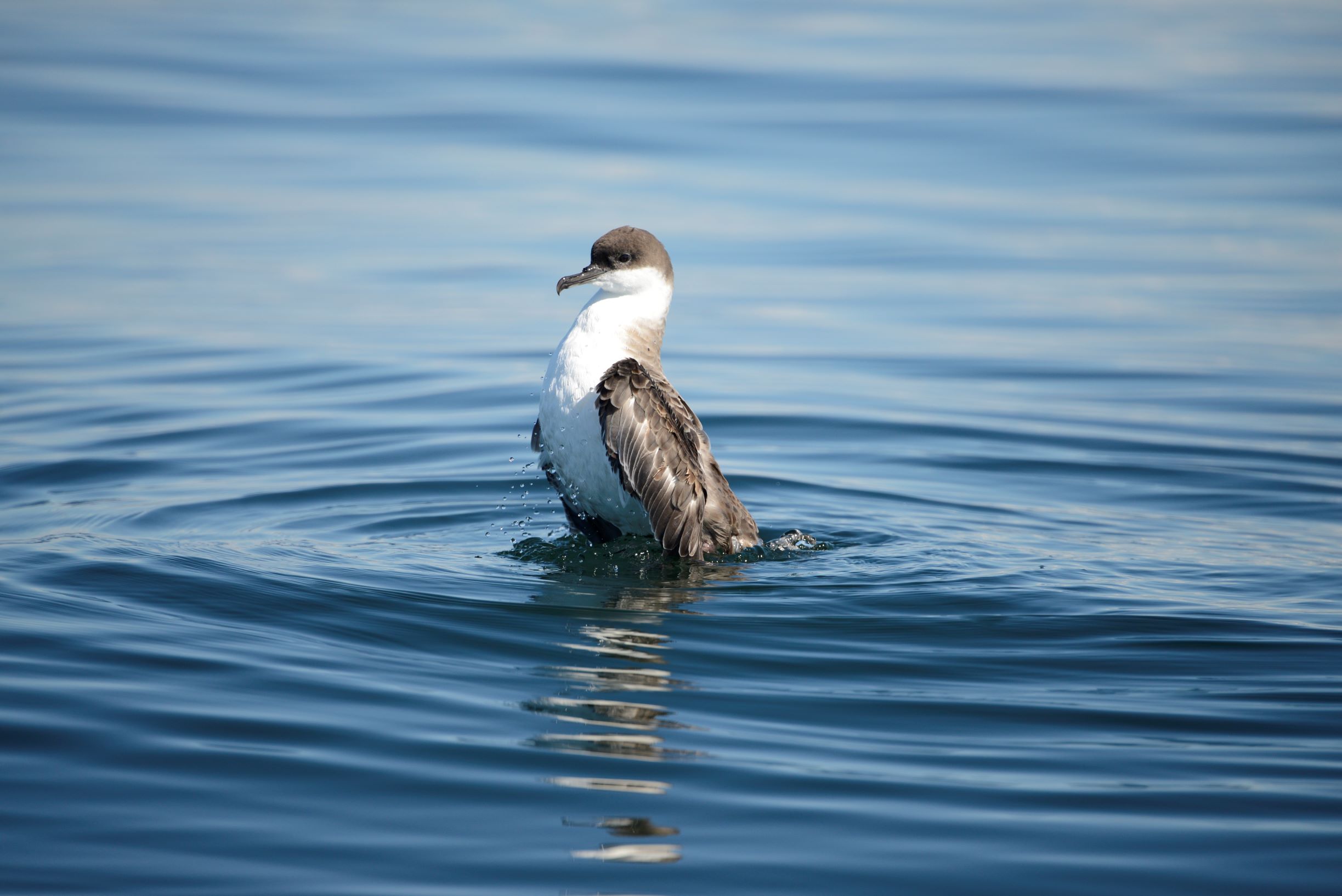
Seabirds have a variable diet, ranging from plankton to crustaceans and fish. While scouting meals some barely break the water’s surface, but several are actually great swimmers. For example, Northern Gannets are spectacular diving birds. They can spot a fish from several hundred feet in the air—they fold their wings in tight—and dive straight down, entering the water like an Olympic diver, with barely a splash. Their underwater abilities are also impressive, many can swim more than 50 feet beneath the surface. Some, like jaegers and skuas enjoy letting others do all the work. These parasitic seabirds will chase other birds until they regurgitate their recent catch.
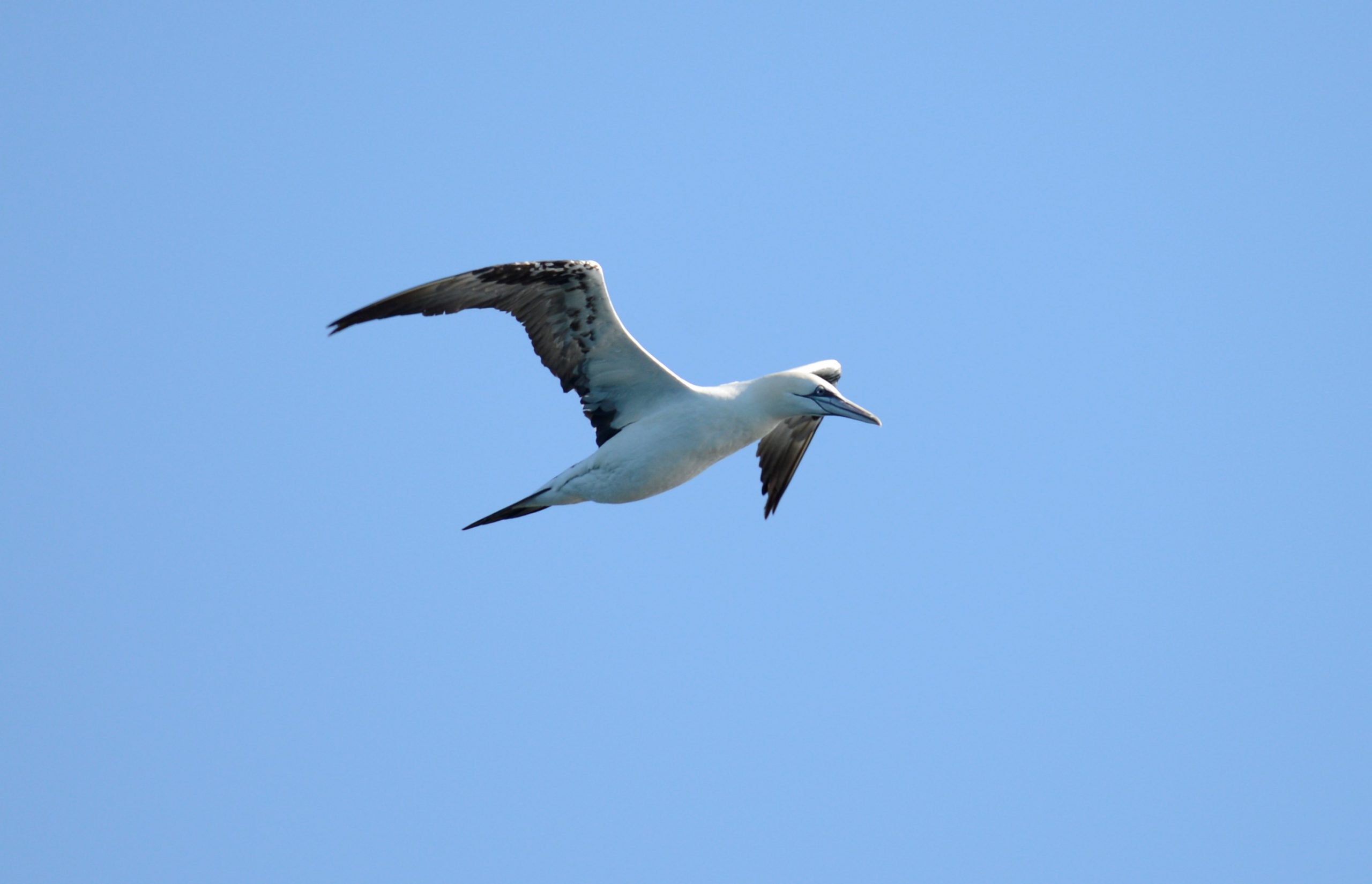
The Bay of Fundy is also home to many northern species, like the alcids or auks. The most famous member of this group is the Atlantic Puffin, which are found in very large numbers in the BOF, as well as some popular nesting sites. We’ve spotted numerous members of this group on our surveys, including Razorbills, Murres, and Black Guillemots.
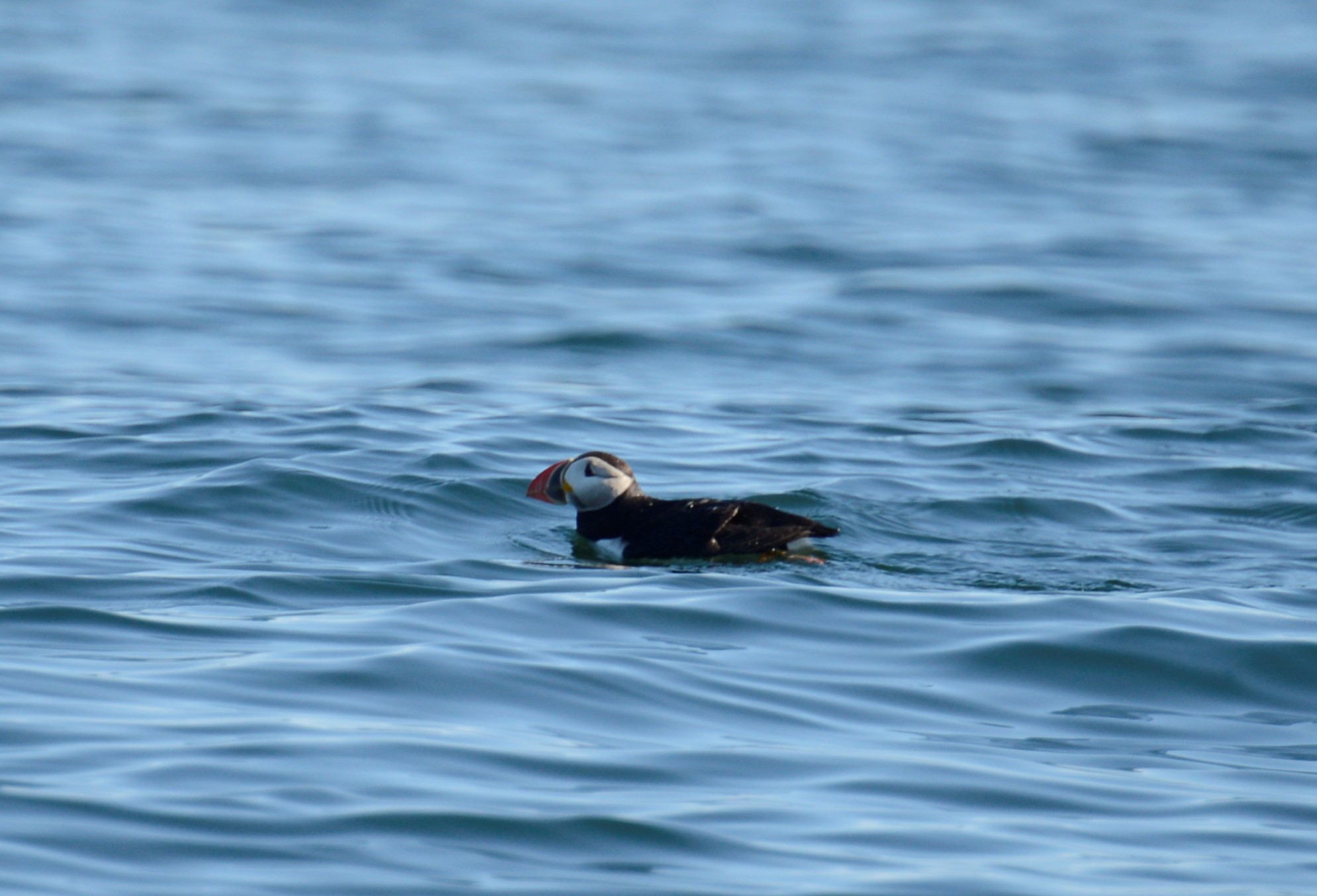
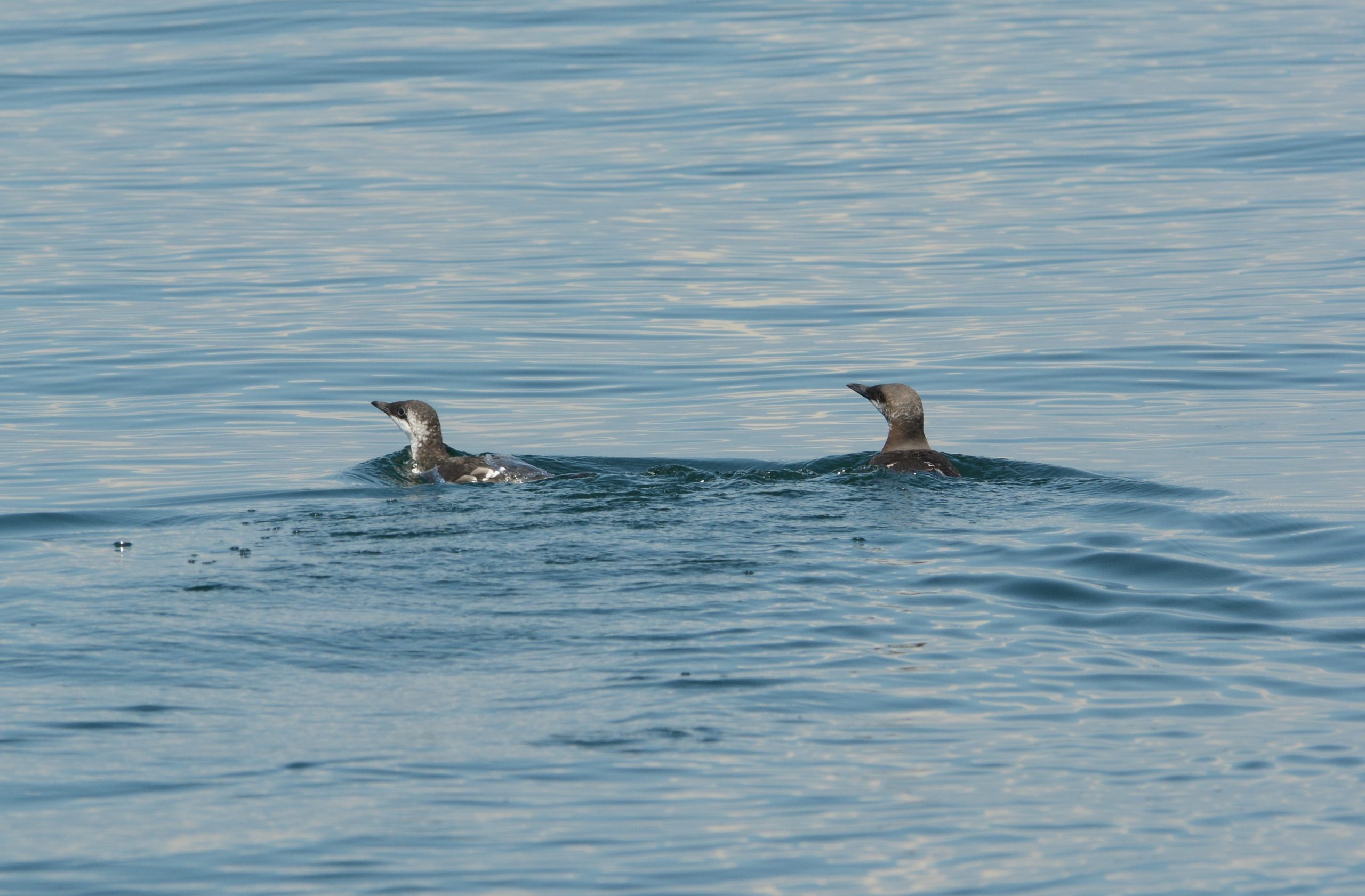
I’d be remiss in not mentioning the small underdogs of the seabird world: Wilson’s Storm-Petrels (WSPs). These small seabirds may not look impressive, but their excursions are no mere walk in the park. They are thought to be one of the most populous bird species on the planet and have one of the longest migration routes. These small brown birds are found in huge numbers throughout New England in the summertime but they nest in [our] winter in Antarctica! WSPs also have an interesting feeding technique: they tip-toe along the surface on the ocean while picking plankton out of the water.
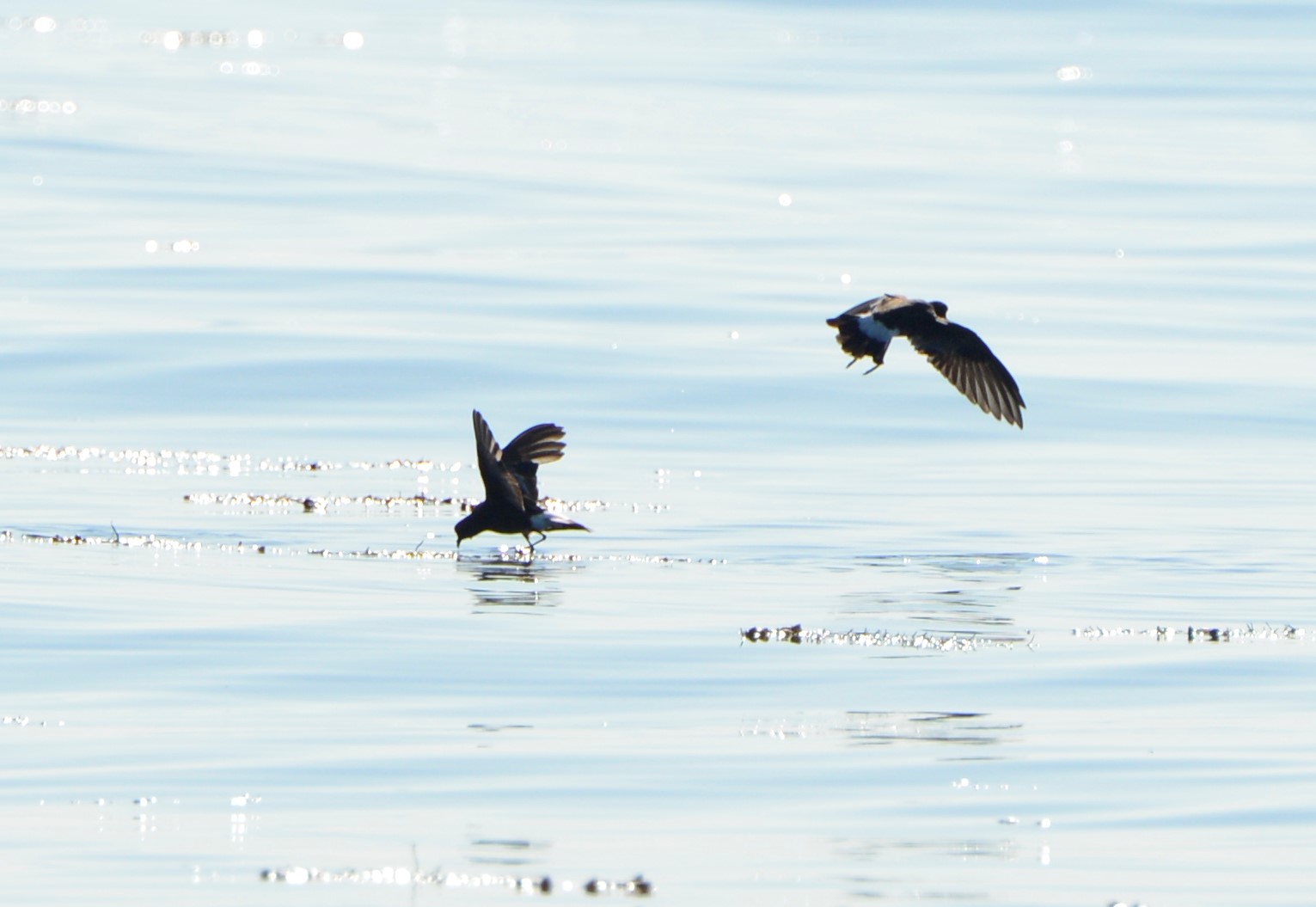
The natural world is certainly interconnected and looking for birds can often help us find whales. It may be hard to believe, but a 70-ton right whale and the grapefruit-sized Wilson’s storm petrel are often eating the same nutrient-rich plankton! Whales will always be our top priority, but in nature it’s always best to keep eyes and minds wide open.
/
This work is made possible in part by the generosity of Irving Oil, lead sponsor of the New England Aquarium’s North Atlantic Right Whale Research Program.

